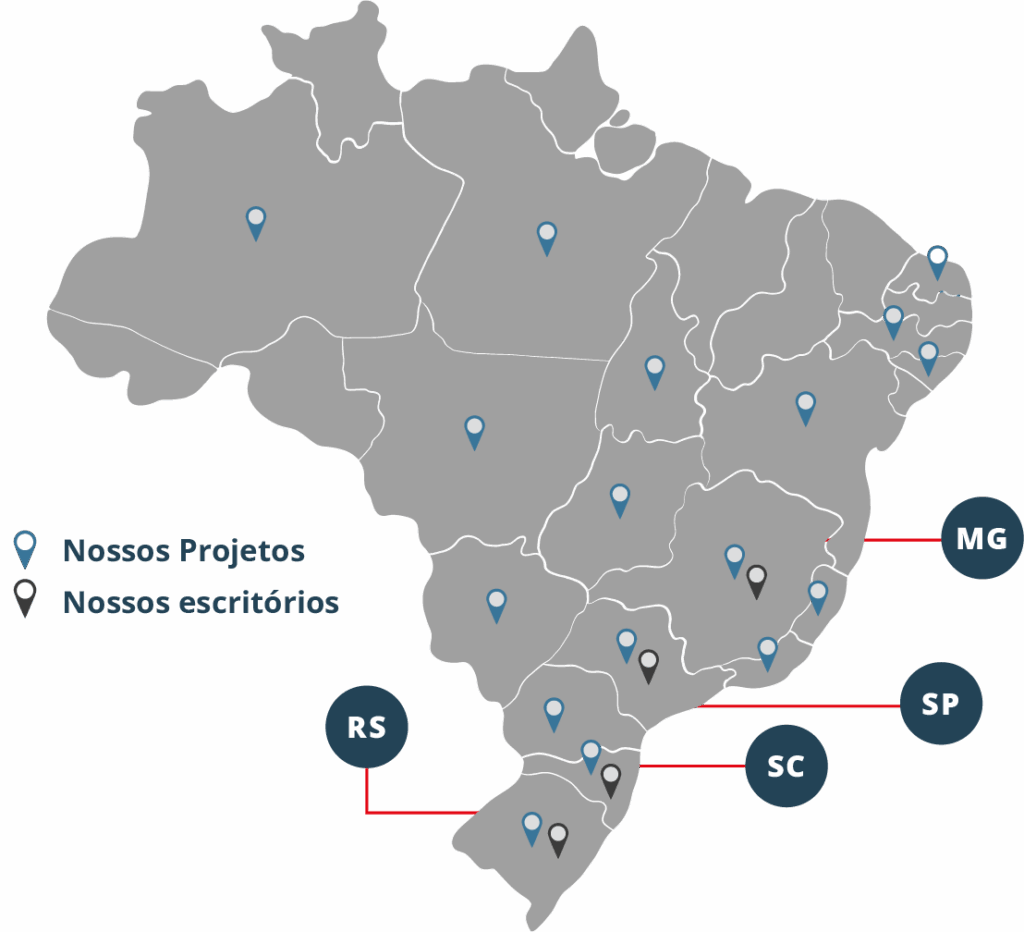Welcome to another episode of “Great Constructions Around the World.” Today we’re talking about the Panama Canal, considered one of the 7 Wonders of the Modern World and one of the greatest engineering feats in history.
Stretching 82 km in length, the canal cuts across Panama, connecting the Pacific and Atlantic Oceans. It’s a milestone of 20th-century engineering, built to facilitate global maritime trade, which now accounts for 4% of all worldwide commerce. The canal allows ships to avoid the long route around Cape Horn, at the southern tip of South America, where strong winds, currents, and icebergs make it one of the most dangerous waterways in the world.
HISTORY
The shortcut had been coveted since the 16th century. In 1821, Panama gained its independence—at the time, the territory was still part of Colombia. The U.S. intervened due to its strategic interest in the canal, which connected its East and West coasts. During this period, Panama officially separated from Colombia.
France began the construction in 1881, but in 1903 the United States took over the project and controlled the canal until 1999, when its administration was officially transferred to Panama, which today earns up to $1.7 billion per year from its operation.
HOW IT WORKS
To travel via the artificial lakes from the Atlantic Ocean to the Pacific, ships must overcome a height difference of 26 meters. Vessels pass through three main locks: Miraflores, Pedro Miguel, and Gatun. A clever system uses gravity to lower the ships. The full journey through the Panama Canal takes 8 to 10 hours, and over 14,000 ships pass through it annually. Despite the high toll (around 100,000 euros), it’s still much cheaper than sailing around South America.
CURIOSITIES
- At one point, there were over 43,000 workers on site.
- Many died from diseases such as malaria and yellow fever.
- The first official ship to cross the canal was the S.S. Ancon.
- The artificial Gatun Lake acts as a reservoir, fed by rainwater and water from the surrounding rainforest.
- In 1928, American Richard Halliburton swam across the canal, paying a fee of just 36 cents.


